Decoding 2030 IC Board Prices: A Comprehensive Guide for 2024 and Beyond
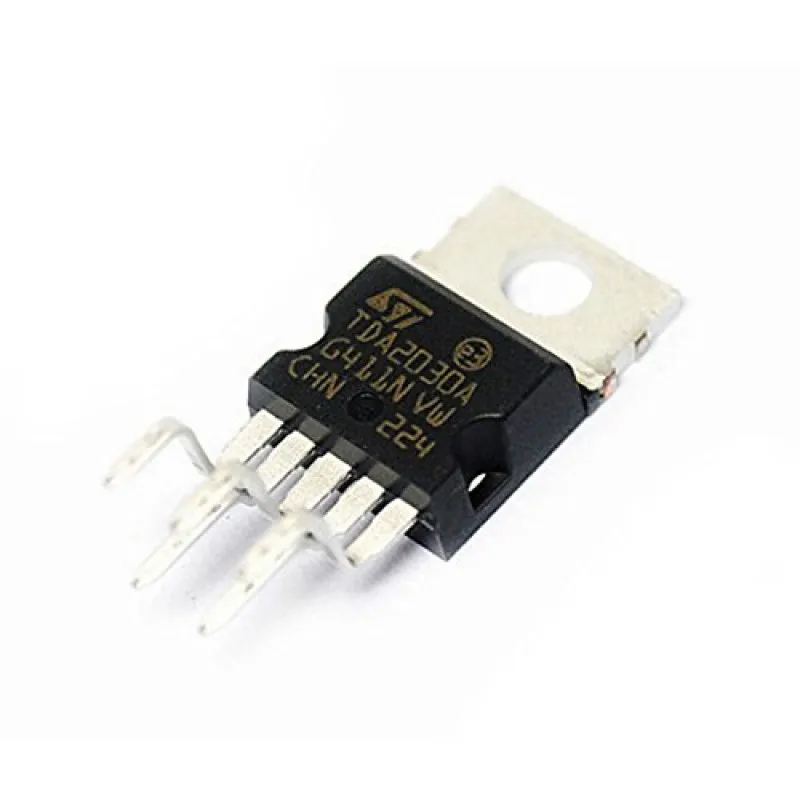
In an era where sound quality is paramount for everything from home entertainment to professional audio setups, the 2030 IC board stands as a pivotal component. But what does the landscape of 2030 IC board prices look like now and what can we anticipate for the future, potentially around 2030? This article dives deep into the current market, dissecting costs, analyzing trends, and providing a thorough guide to help you navigate the purchase of these crucial boards, ensuring your audio projects hit the right note without breaking the bank. From DIY enthusiasts to experienced audio engineers, understanding the dynamics of 2030 IC board pricing is crucial. We explore it all.
Understanding the TDA2030 IC and Its Applications

The TDA2030 is a monolithic integrated circuit (IC) designed for use as a low-frequency class AB amplifier, commonly found in audio amplification applications. It is characterized by its robust design, thermal protection, and relatively high output power capability, making it a versatile choice for both hobbyist and professional audio projects. Its core function is to amplify low-level audio signals to drive speakers or other audio transducers.
- Core Functionality
The TDA2030 functions as an audio power amplifier, taking a low-level audio input signal and boosting its power to drive a loudspeaker. This amplification process involves increasing the signal's amplitude, enabling it to produce sound from a speaker. - Typical Applications
Common applications of the TDA2030 IC include: audio amplifiers for home stereos, car audio systems, active speakers, and small portable amplifiers. It is also used in DIY electronics projects where a cost-effective and reliable audio amplification solution is needed. - Key Features
The TDA2030 features thermal overload protection, short circuit protection, and a wide supply voltage range. These features contribute to its reliability and versatility in various electronic designs. Additionally, it offers good audio quality, making it suitable for a wide range of audio applications. - Configuration
The TDA2030 can be used in several configurations, including single-ended (mono), stereo (two channels), or multi-channel arrangements. This flexibility allows it to cater to diverse audio system needs, such as basic mono speaker setups, stereo speaker systems, or surround sound systems (2.1, 4.1, 5.1 setups).
Factors Influencing 2030 IC Board Prices in 2024
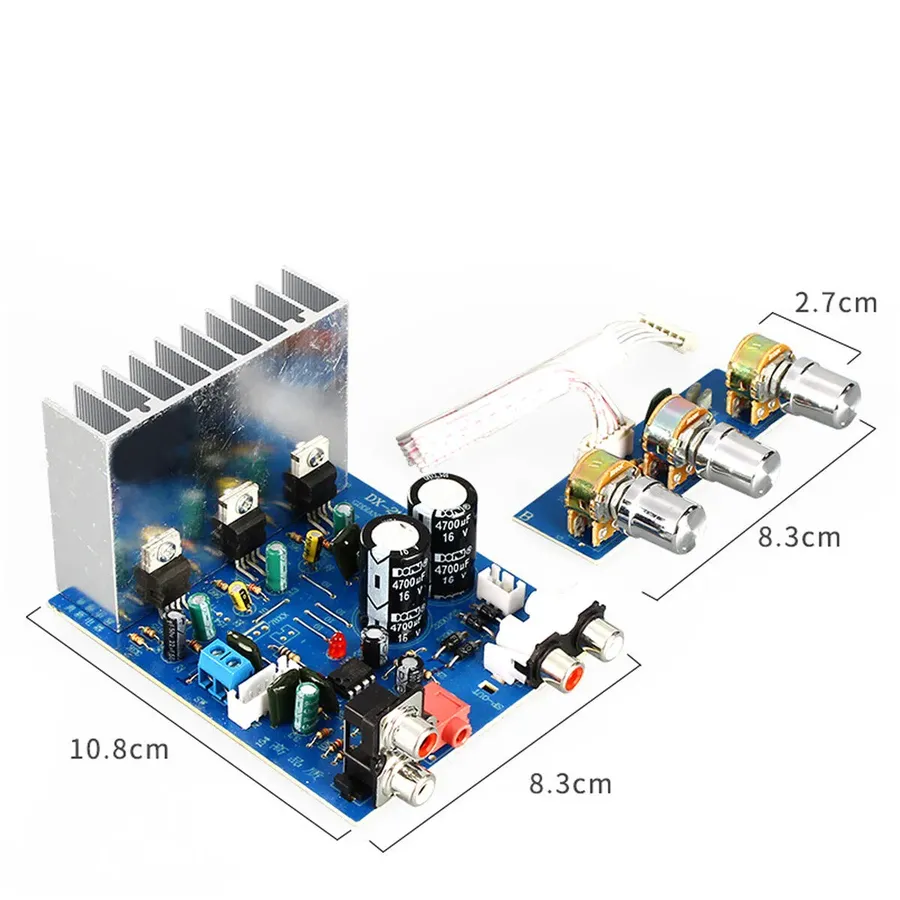
The price of a TDA2030 IC board in 2024 is not solely determined by the cost of the IC itself, but rather by a combination of factors related to the board's design, component quality, and market dynamics. Understanding these factors is crucial for buyers looking to make informed purchasing decisions.
- Component Quality
The quality of components surrounding the TDA2030 IC, such as capacitors, resistors, and inductors, significantly impacts the board's price. Higher-grade components offer better performance and durability, leading to increased costs. For instance, using low ESR (Equivalent Series Resistance) capacitors or precision resistors will increase the board's cost. - Board Complexity
The complexity of the PCB (Printed Circuit Board) design directly affects the price. A single-layer PCB is cheaper to manufacture than a multi-layer PCB. More complex designs, such as those supporting multiple channels (e.g., 2.1, 4.1, 5.1), typically require more board area, additional components and more intricate manufacturing processes, thus increasing production costs. - Manufacturer Reputation and Brand
Boards from reputable manufacturers or established brands, often come with higher prices due to the assurance of quality control, reliability, and adherence to specifications. Premium brands often invest more in research, design, and testing, which translates into higher product costs. - Market Demand and Supply
Like any commodity, the price of TDA2030 IC boards is subject to supply and demand. High demand, or shortages in IC chips, can drive up prices. Conversely, oversupply or reduced demand may result in lower prices. Fluctuations in raw material prices can also affect the production cost, thereby impacting market prices. - Additional Features and Functionality
Additional features, such as integrated heatsinks, built-in protection circuits (overcurrent, overvoltage, thermal), volume controls, tone control circuits, and input/output connectors, will increase the price. The addition of features enhances usability and protection but contributes to manufacturing cost.
Current Market Prices for 2030 IC Boards: A Comparative Analysis
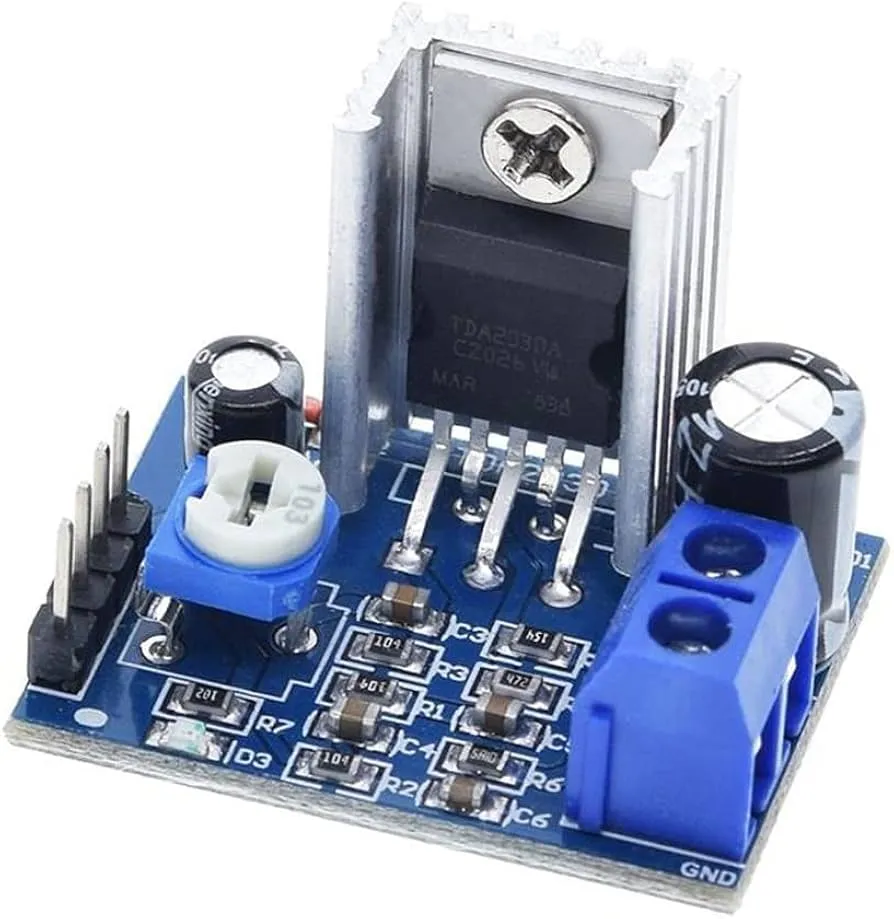
Understanding the market prices for TDA2030 amplifier boards is crucial for making informed purchasing decisions. This section provides a comparative analysis of prices across various online platforms, enabling users to identify cost-effective options while balancing quality and features.
| Platform | Board Type | Configuration | Estimated Price (USD) | Notes |
|---|---|---|---|---|
| Amazon | Mono Amplifier Board | Single Channel | 3 - 8 | Prices vary based on features and brand |
| Amazon | Stereo Amplifier Board | Dual Channel | 5 - 15 | Quality of components impacts the price |
| eBay | 2.1 Amplifier Board | Stereo + Subwoofer | 8 - 20 | May need additional power supply |
| AliExpress | Mono Amplifier Board | Single Channel | 2 - 6 | Bulk purchase options may offer discounts |
| AliExpress | Stereo Amplifier Board | Dual Channel | 4 - 12 | Requires additional shipping time |
| Local Electronic Stores | Mono or Stereo Boards | Single or Dual Channel | 5 - 18 | Prices can vary widely based on location |
2030 IC Board Types: Mono, Stereo, and Multi-Channel Options
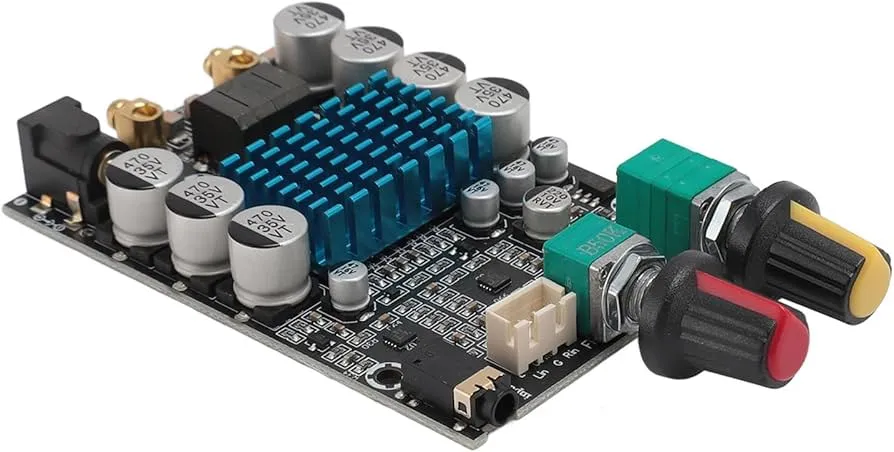
TDA2030 IC amplifier boards are available in various configurations, primarily categorized by the number of audio channels they support. These configurations range from single-channel (mono) to multi-channel (stereo, 2.1, 4.1, and 5.1), each designed for specific audio applications and setups.
| Configuration | Description | Typical Use Cases |
|---|---|---|
| Mono | Single audio channel output. Simplest configuration, suitable for basic audio amplification. | Simple audio amplification, single speaker systems, basic audio projects, small portable devices. |
| Stereo | Two audio channels, designed for left and right audio signals. Creates a sense of spatial separation. | Two-speaker systems, headphones, basic home audio setups, small stereo amplifiers. |
| 2.1 Channel | Two main channels (left and right) plus a subwoofer channel, providing a more immersive audio experience. | Computer audio systems, multimedia speaker setups, enhancing bass in audio systems. |
| 4.1 Channel | Four main channels (front left, front right, rear left, rear right) plus a subwoofer channel. Creates a more immersive surround sound experience. | Home theater systems, immersive audio setups, gaming audio. |
| 5.1 Channel | Five main channels (front left, front right, center, rear left, rear right) plus a subwoofer channel. Delivers a comprehensive surround sound experience. | Advanced home theater systems, high-end audio installations, creating a surround sound audio environment. |
DIY vs. Pre-Assembled 2030 IC Boards: Which is Right for You?
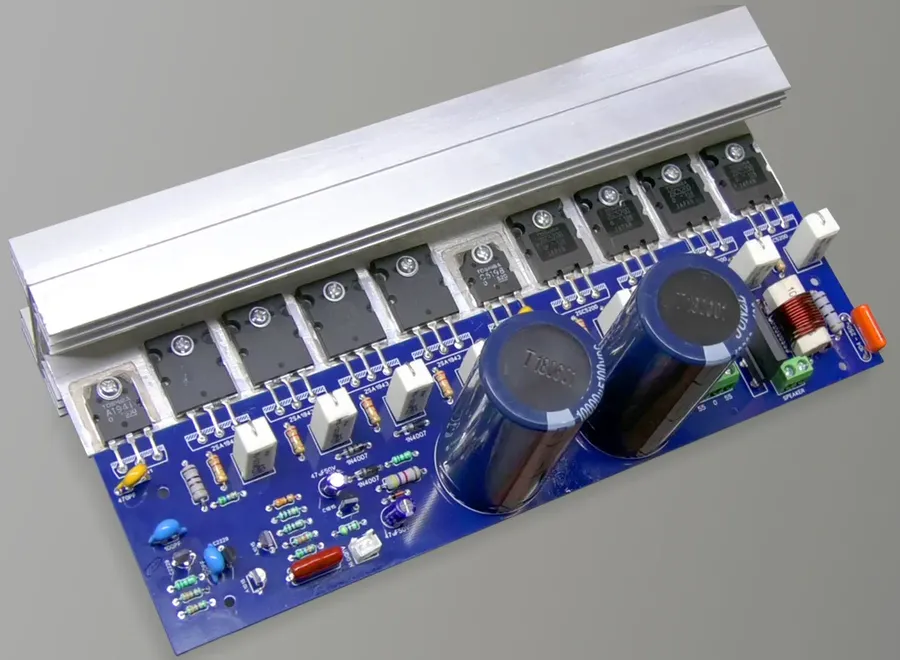
The choice between DIY and pre-assembled 2030 IC boards hinges on a balance of cost, technical expertise, and project scope. DIY kits offer a hands-on approach, allowing for customization and a deeper understanding of electronics, while pre-assembled boards provide convenience and reliability for immediate integration.
| Feature | DIY Kits | Pre-Assembled Boards |
|---|---|---|
| Cost | Generally lower due to reduced labor and testing costs | Higher due to assembly, testing, and quality control processes |
| Skill Level | Requires soldering skills, knowledge of basic electronics, and troubleshooting abilities | Requires minimal technical skills, suitable for beginners |
| Customization | High level of customization possible, users can select specific components | Limited customization options, design is fixed by manufacturer |
| Time Investment | Requires significant time for assembly, testing, and debugging | Ready to use, minimal time investment required |
| Learning Opportunity | Provides valuable practical experience in electronics assembly and problem solving | Minimal learning opportunity, does not provide the same in-depth understanding |
| Reliability | Reliability is dependent on the builder's skills, may be prone to errors | Typically higher reliability due to standardized assembly and thorough testing by the manufacturer |
Choosing between DIY and pre-assembled boards is primarily a matter of balancing desired learning outcomes, budget constraints, available time, and required reliability. Consider the project requirements, personal expertise, and available resources before making a decision.
Purchasing Tips: Where to Find the Best Deals on 2030 IC Boards
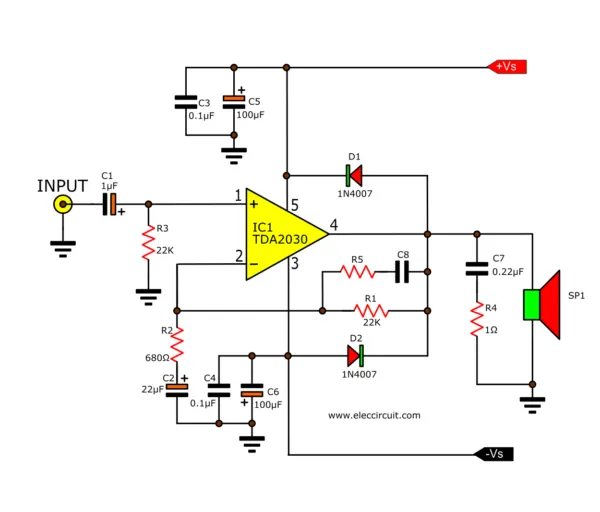
Navigating the market for 2030 IC boards requires careful consideration of both the source and the product to ensure you acquire genuine, high-quality components at the best possible price. This section provides practical advice on identifying reliable vendors and avoiding counterfeit parts.
Reputable online retailers known for selling authentic electronic components and providing customer support are the primary option. These platforms are characterized by high vendor accountability, quality control measures, and often come with guarantees.
- Trusted Online Marketplaces:
Platforms like Amazon, AliExpress (with careful vendor selection), and eBay (look for sellers with high ratings and reviews) offer a wide selection of 2030 IC boards. When selecting a vendor, always prioritize those with verifiable customer feedback and transparent return policies. - Direct Component Suppliers:
Consider purchasing directly from established electronics component suppliers such as Mouser Electronics, Digi-Key Electronics, and Farnell (element14). These suppliers are known for their rigorous quality control and provide traceability for components. - Manufacturer-Authorized Distributors:
Some manufacturers of electronic components have their own authorized distributors. Purchasing from these sources can provide the highest level of assurance regarding authenticity. Check the official website of the IC manufacturer to find a list of authorized partners.
Counterfeit electronic components pose a significant risk to performance and reliability. Here are key strategies to mitigate the risk of acquiring fake 2030 IC boards:
- Price Comparison:
Be wary of prices that appear too good to be true. Excessively low prices may indicate counterfeit products. - Visual Inspection:
Examine the component carefully. Look for misaligned printing, inconsistent fonts or logos, or damaged packaging. Genuine components typically have clear and consistent markings. - Datasheet Verification:
Cross-reference the markings on the component with the official datasheet from the manufacturer. Discrepancies may point to a counterfeit product. - Vendor Verification:
Prioritize vendors with a track record of selling authentic parts. Check seller ratings, customer reviews, and the existence of return policies. Steer clear of sellers with no history or consistently negative feedback.
To maximize your budget when purchasing 2030 IC boards, consider the following strategies:
- Bulk Purchases:
If you are working on a larger project or plan to build multiple units, buying in bulk can often result in significant cost savings, as many retailers offer discounts on larger quantities. - Price Tracking:
Use price tracking tools or browser extensions to monitor price fluctuations on different platforms. This allows you to purchase at the most advantageous time, especially during sales events. - Negotiating:
For bulk purchases, consider negotiating prices with vendors directly. This is especially relevant when working with suppliers who specialize in electronic component sales. - Avoiding unnecessary features:
Evaluate your specific needs and avoid boards with excessive features or unnecessary complexity that may increase the cost without providing a functional advantage for your project.
Projected Trends for 2030 IC Board Prices: What to Expect?
Predicting the precise price of 2030 IC boards by 2030 involves analyzing several intersecting factors, including technological advancements in semiconductor manufacturing, shifts in global supply chains, and the evolving demand for audio amplification solutions. While precise figures are speculative, we can outline potential trends based on current industry trajectories.
It's also important to understand that the TDA2030 is a mature technology. While improvements to the fabrication process may slightly reduce costs, dramatic price reductions are unlikely. In the longer term, manufacturers are likely to focus on developing more advanced ICs that offer higher power output, better efficiency, and more advanced features, which could eventually displace the TDA2030 for some applications.
- Technological Advancements:
Improvements in semiconductor manufacturing could lead to slight cost reductions in producing the TDA2030 IC. However, these are not expected to be revolutionary due to the maturity of the technology. Advancements are more likely to appear in newer, more efficient amplifier ICs. - Supply Chain Dynamics:
Fluctuations in the global supply chain for raw materials used in IC production can significantly impact pricing. These fluctuations are often unpredictable and can cause both increases and decreases in board prices. - Market Demand:
Demand for the TDA2030 and similar ICs will influence its price. If new technologies render the 2030 IC less relevant, demand will decrease, but at the same time, niche applications may sustain a certain level of demand, potentially stabilizing its price in certain markets. - Competition:
The competitive landscape of IC manufacturers will continue to impact pricing. Cost-effective competitors may emerge, potentially driving prices down. Conversely, consolidation in the industry might result in higher prices.
Frequently Asked Questions About 2030 IC Boards
This section addresses common questions regarding the TDA2030 IC and its associated amplifier boards, providing clarity on its specifications, usage, and comparisons with other ICs. These questions are designed to give you the precise information needed for your audio amplification projects.
- What is the typical output power of a TDA2030 IC?
The TDA2030 IC is typically rated for a maximum output power of 18 watts into a 4-ohm load, under ideal conditions. However, in practical applications, the actual power output may vary depending on the power supply, heatsinking, and speaker impedance. - What exactly is the TDA2030 IC?
The TDA2030 is a monolithic integrated circuit intended for use as a low-frequency class-AB amplifier. It's designed to deliver high output current and features low harmonic and crossover distortion. It's often used in audio amplifier circuits for both DIY and commercial applications. - Can I substitute a TDA2050 IC for a TDA2030 IC in my circuit?
While both ICs are audio amplifiers, they have different specifications and pinouts. A TDA2050 has a higher power output capability and a slightly different circuit design than the TDA2030. While in some limited cases the TDA2050 can be substituted for TDA2030 with some circuit modification, it's not a direct drop-in replacement, and proper heatsinking is essential due to the increased power dissipation. Always consult the datasheets and schematics before attempting such substitutions. - How does the TDA2030 compare to the TDA2050 in terms of performance?
The TDA2050 generally offers higher power output capabilities compared to the TDA2030, usually around 32 watts. The TDA2050 tends to have slightly lower distortion at higher power levels as well. However, TDA2030 is more cost-effective for lower power needs and is often favored in basic amplifier circuits and projects. - What are common applications for TDA2030 IC amplifier boards?
TDA2030 amplifier boards are commonly used in DIY audio projects, such as small home audio systems, PC speakers, and portable amplifiers. They are also frequently employed in active subwoofer amplifiers, guitar amps, and general-purpose audio amplification circuits. - What kind of heat management do TDA2030 IC boards typically require?
Given their operation, TDA2030 ICs require adequate heatsinking. For power levels above a couple of watts, a heatsink must be attached to the IC to dissipate the heat generated during operation and prevent damage. The size and type of heatsink depend on the output power and ambient temperature. Failing to do so will result in damage to the component. - Where can I find reliable datasheets and technical specifications for the TDA2030 IC?
Authoritative datasheets and technical specifications are available from the IC manufacturer, STMicroelectronics. These datasheets provide all necessary information such as pinouts, recommended operating conditions, and performance curves and parameters, essential for successful circuit design and project implementation.
Understanding the 2030 IC board price is critical for both hobbyists and professionals looking to achieve optimal sound amplification. By considering factors like board type, application needs, and future pricing trends, especially regarding the potential for 2030 ic board price fluctuations, you can make informed decisions that align with your project and budget. This detailed insight ensures you are well-equipped to navigate the market efficiently, making your next audio project a resounding success. Looking ahead, as technology advances, continued research into the trends will help ensure you are able to plan appropriately.
 AnyPCBA
AnyPCBA